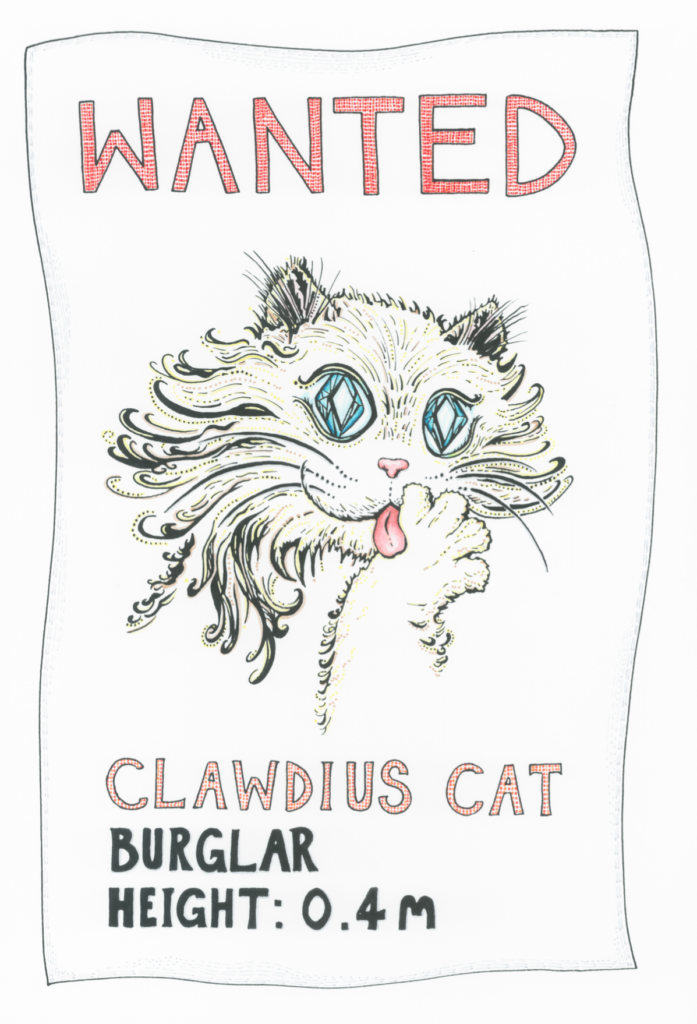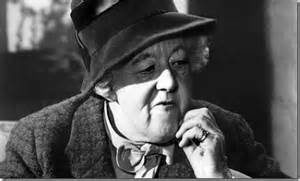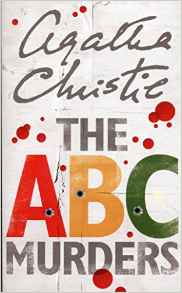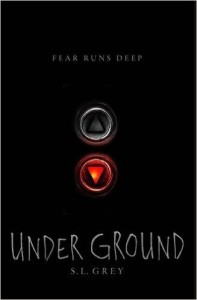Decades: Compiling the Ultimate Library with Decima Blake
Time to add some new books to the Decades Library. I’ve had a sneaky look at the titles Decima has selected and you’re in for a real treat.
First up I will do the weekly recap…I am assembling the Ultimate Library. I started this project back in January 2021 and since then over fifty authors, bloggers, publishers and journalists have each nominated books which they believe should be added to a library which contains nothing but the very best books.
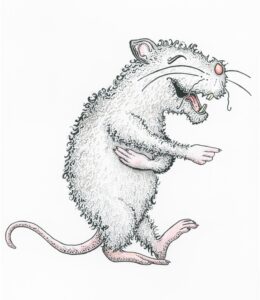 I call this project my Decades Library because of the second rule I impose upon my guest curators when they select the books they want to add to the library.
I call this project my Decades Library because of the second rule I impose upon my guest curators when they select the books they want to add to the library.
1 – You Can Select ANY Five Books
2 – You May Only Select One Book Per Decade From Five Consecutive Decades.
Five Books, Five Decades – a Decades Library.
Making their selections this week is Decima Blake. I read Decima’s latest thriller Hingston: Smoke and Mispers earlier this year. I loved the blend of modern detective fiction with links to an ancient Egyptian story and I was delighted when Decima agreed to take part in Decades. What books would have helped influence that creepy mystery?
In order to find out I will pass control of Decades to Decima Blake and let her whisk you back to 1908.
 Decima Blake writes the genre-bending DS Hingston series, which blends modern day police procedure with historical fiction and a touch of spookiness. She conducts extensive research to bring realism and less common themes into her work. In Hingston: Smoke and Mispers, published in January 2022, Ancient Egyptian history becomes integral to the plot, taking Hingston and the Murder Squad into uncharted territory where warped interpretations and dark practices lead to a series of deaths. With a professional background in safeguarding and investigation, Decima’s fascination with detective fiction has extended to children’s literature. Quite the opposite of Hingston, Detective Dachshund of Battersea Police is not only a dog – he has a reputation for trying hard, but not being particularly effective. This determined wire-haired dachshund made his debut in April 2022 in Detective Dachshund and the Fluffy Thief, a slapstick story with a twist, written in rhyme and hand illustrated. Examples of Decima’s artwork can be seen on her gallery page of the Society of Children’s Book Writers and Illustrators website, and on Instagram @detectivedachs. For all things Hingston related, including photography of the locations that feature in the series, head over to @decimablake on Instagram and Twitter.
Decima Blake writes the genre-bending DS Hingston series, which blends modern day police procedure with historical fiction and a touch of spookiness. She conducts extensive research to bring realism and less common themes into her work. In Hingston: Smoke and Mispers, published in January 2022, Ancient Egyptian history becomes integral to the plot, taking Hingston and the Murder Squad into uncharted territory where warped interpretations and dark practices lead to a series of deaths. With a professional background in safeguarding and investigation, Decima’s fascination with detective fiction has extended to children’s literature. Quite the opposite of Hingston, Detective Dachshund of Battersea Police is not only a dog – he has a reputation for trying hard, but not being particularly effective. This determined wire-haired dachshund made his debut in April 2022 in Detective Dachshund and the Fluffy Thief, a slapstick story with a twist, written in rhyme and hand illustrated. Examples of Decima’s artwork can be seen on her gallery page of the Society of Children’s Book Writers and Illustrators website, and on Instagram @detectivedachs. For all things Hingston related, including photography of the locations that feature in the series, head over to @decimablake on Instagram and Twitter.
DECADES
 1908: The Roly-Poly Pudding by Beatrix Potter
1908: The Roly-Poly Pudding by Beatrix Potter
An attempted child murder under the floorboards of the family home. This was my first introduction to crime fiction, aged three. Naughty Tom Kitten is only just saved from the clutches of two villainous squatters, Samuel Whiskers and his wife, Anna Maria. These two large rats sought to eat him as the furry filling of a roly-poly pudding. Without a shred of morality, they went so far as to steal the very ingredients and rolling pin from Tom Kitten’s mother, Tabitha Twitchit. The negative impact on Tom Kitten is revealed to be life-changing (he should otherwise have benefited from a very good living as a rat-catcher, like his sisters), whilst the two offenders escape justice. A beautifully illustrated, memorable short story that warns of the potential pitfalls of childhood disobedience, and most importantly, the dangers that can be very close to home in the form of both male and female offenders. Revisiting this story now, having since worked in child safeguarding, I consider Beatrix Potter’s wisdom and method of delivery to be commendable.
 1915: The Pavilion by E. Nesbit
1915: The Pavilion by E. Nesbit
A few years ago, whilst browsing in Waterstones, I spotted “E. Nesbit Horror Stories”. The name felt oddly out of place to me who knew no better. To my surprise and delight, this was a collection of short stories written for adults by the author of Five Children and It. I am a fan of M. R. James and his short stories (as you will read shortly), and for me, The Pavilion by E. Nesbit is on a par with the best of his. As such, it’s amongst my all-time favourites for its power to draw the reader into a vivid, unsettling tale. E. Nesbit’s summertime story entertains with the romance and bravado of young adulthood as enjoyed by the gentry of the 1860s, amongst which murderous intent lurks and a dark legend involving the estate’s pavilion is put to the test. The dreadful outcome delivered to Amelia, Ernestine, Eugene and Frederick should entertain any avid reader of spooky, gothic tales. First published in 1915 in The Strand Magazine, this short story reached the format of a book many decades later, and so I openly acknowledge my rule flexing.
The Pavilion is available to read through the online archive:
https://archive.org/details/1915thepavilionenesbitinstrandmagnov/page/n9/mode/2up
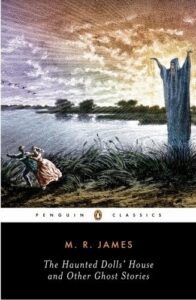 1925: The Haunted Dolls’ House by M. R. James
1925: The Haunted Dolls’ House by M. R. James
As those familiar with M. R. James’ short stories will know, many feature a bachelor whose scholarly wits and firmly-held beliefs are tested by a threatening supernatural entity in an isolated, unwelcoming location. I love M. R. James’ depictions of historic buildings and remote landscapes, and how he builds suspense by introducing doubts into the mind of the victim, notching up the anxiety level before something terrible strikes. There is an intimacy to his stories which absorbs me in the unnerving experiences of complete strangers, as my mind too, runs away with itself. The Haunted Dolls’ House, which was first published in A Warning to the Curious and Other Ghost Stories, is noticeably different. A married antiques dealer sells the dolls’ house to another dealer. “Thank God for that!”, says the first dealer’s wife, and the story begins. I like the way M. R. James chose to haunt the antique dolls’ house with a miniature tale that could have made a story in its own right, so that it is instead viewed remotely, from the ‘modern’ day. I do wonder whether the concept of a time capsule was M. R. James’ inspiration, used to acknowledge the thirty years that had passed since he published his first ghost story in The National Review in 1895. Certainly, I believe The Haunted Dolls’ House draws attention to the change of the times and you might find yourself contemplating, which is more disturbing, the supernatural or the natural?
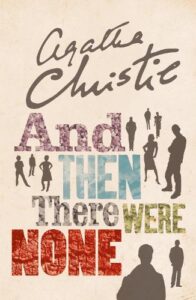 1939: And Then There Were None by Agatha Christie
1939: And Then There Were None by Agatha Christie
One of my two favourite Agatha Christie novels is And Then There Were None. It is likely that the fantastic 1980s film, Clue, had primed me to enjoy this story. Both involve a group of strangers brought together by the organiser of an exclusive event. Quite soon, the guests find themselves trapped within the confines of the estate, but only after they realise someone is systematically bumping them off. Personal secrets, suspicion and fear all come into play. Unlike the black comedy that is Clue, And Then There Were None is a serious whodunnit, famous for both its timelessly appealing storyline and its elegant, isolated setting that was inspired by the stunning Burgh Island in South Devon. I believe this particular Agatha Christie mystery gives readers a superb thrill in trying to fathom out who’s the murderer and who will be the next victim. Agatha Christie’s masterful words really do get you thinking. So, however many dramatised versions you may have watched, you must read the book!
 1946: Comet in Moominland by Tove Jansson
1946: Comet in Moominland by Tove Jansson
Beautiful scenery, exploration and adventure! If Moominland existed, I probably would be writing this from the beach where Moomintroll collected pearls. When you read the Moomins stories as a child, it feels like you are witnessing an excitingly dangerous form of homeschooling. There’s so much time to appreciate the world around you, your family and friends. Tove Jansson’s Comet in Moominland was the first book I chose from a school library that had a spine thick enough to display its title. I was eight-years-old at the time, and my new school in a new county was more stress-inducing than the fear of an impending comet strike. The escapism this book gave me was perfect because it was also educational. I love this book even more today for its character depth, captivating imagery and the seemingly effortless way in which Tove Jansson packages up the challenges life may throw at you and makes them both understandable and, most importantly, conquerable.
From Beatrix Potter to M.R. James and then to Tove Jansson, this is a sweeping run through wonderful books – but the opportunity to add And Then There Were None to the Decades Library was special. If nobody had added it then I would have had to use one of my own selections to get it in the mix. Thanks Decima.
DECADES WILL RETURN
